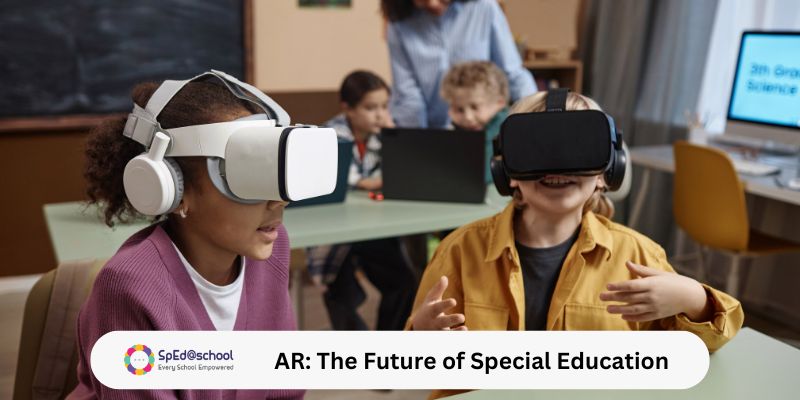
Why AR for Special Education is the Future of Learning?
In recent years, the integration of technology in education has taken a remarkable turn, particularly in the realm of special education. Among these innovations, Augmented Reality (AR) stands out as a transformative tool that’s reshaping how we approach learning for students with diverse needs. AR for special education is proving to be a game-changer, offering new ways to engage and support learners with different abilities. In this blog, we will further delve into this topic, especially for educators who want to make a difference in the lives of their students and truly change the way we educate.
The Power of Interactive Learning
Traditional special education methods, while valuable, often struggle to maintain student engagement and provide consistent, measurable outcomes. AR for special education bridges this gap by creating immersive learning experiences that captivate students’ attention while delivering meaningful educational content. By overlaying digital elements onto the real world, AR creates a multi-sensory learning environment that speaks to different learning styles and abilities.
Beyond Traditional Therapy
What makes AR for special education particularly revolutionary is its ability to blend therapeutic exercises with engaging gameplay. Instead of traditional therapy sessions that may feel repetitive or difficult, AR transforms these exercises into interactive experiences that feel like play. This makes learning and therapy more enjoyable while ensuring students stay engaged and motivated. Here’s how AR helps in key developmental areas:
- Fine Motor Skill Enhancement: Precise interaction tasks, such as pinching, dragging, or tapping virtual objects, help students refine small muscle movements needed for writing, buttoning clothes, or using utensils.
- Sensory Integration: AR creates controlled, customizable environments where students can practice responding to different sensory inputs. This is especially beneficial for those who may struggle with sensory processing, as they can gradually adapt to new stimuli in a safe and structured way.
- Cognitive Development: Adaptive problem-solving scenarios in AR encourage students to think critically and make decisions, strengthening their reasoning skills, memory, and attention span.
Creating Inclusive Learning Spaces
The beauty of AR for special education lies in its adaptability. Unlike one-size-fits-all teaching methods, AR allows educators to customize learning experiences based on each student’s unique needs, abilities, and progress levels.
- Building Confidence and Reducing Anxiety: AR provides a safe, low-pressure environment where students can practice skills at their own pace, reducing fear of failure and increasing self-assurance.
- Encouraging Social Interaction and Collaboration: AR-based multiplayer activities promote teamwork, helping students develop communication and problem-solving skills in an engaging way.
- Supporting Students with Dyslexia: AR overlays can highlight text, break words into syllables, or provide real-time audio narration, making reading more accessible and improving literacy skills.
- Enhancing Focus for Students with ADHD: Interactive and visually engaging AR activities help maintain attention, encouraging sustained learning through movement and gamified experiences.
- Aiding Students with Autism: AR simulations teach social skills and emotional recognition by gradually exposing students to real-world interactions in a controlled, supportive setting.
The Home-School Connection
One of AR’s most significant advantages is its potential to bridge the gap between school-based interventions and home practice. Parents can now support their children’s development using the same engaging tools employed in educational settings, ensuring consistency in learning approaches and therapeutic interventions.
Looking to the Future
As AR for special education continues to evolve, we can expect even more innovative applications in special education. From advanced motion tracking for physical therapy to sophisticated cognitive training programs, the possibilities are boundless. The key lies in continuing to develop solutions that prioritize both educational value and student engagement.
Inclusive Education Reimagined with SpEd@School
SpEd@School is transforming special education through the power of Augmented Reality (AR), fostering truly inclusive learning environments. The organization’s comprehensive approach integrates cutting-edge technology with practical tools and resources.
SPEED LMS facilitates inclusive practices within schools by streamlining Individualized Education Programs (IEPs), reducing administrative burdens, and enhancing intervention strategies. This allows educators to dedicate their time and expertise to creating supportive learning environments where all children thrive.
SpEd@School spearheads the use of AR in special education with SpEdPLAY, an exclusive membership program granting schools and parents access to a range of innovative games and activities. These resources target specific developmental areas, including proprioceptive skills, cognitive abilities, and motor control, empowering children to reach their full potential.
The SpEd@School Play Zone offers dynamic, interactive learning experiences tailored to individual student needs. Each game promotes sensory integration, problem-solving, and focus, ensuring education is both effective and engaging. SpEd@School is reshaping special education by making learning accessible, impactful, and enjoyable for every child.
It’s high time we rethink special education with technology that fosters inclusivity, respect, and equal opportunity. AR for special education is not just an innovation—it’s a necessity for creating learning environments where every student, including those with dyslexia, autism, and ADHD, can thrive. By integrating AR into education, we move closer to a future where all learners are empowered, engaged, and given the support they deserve.

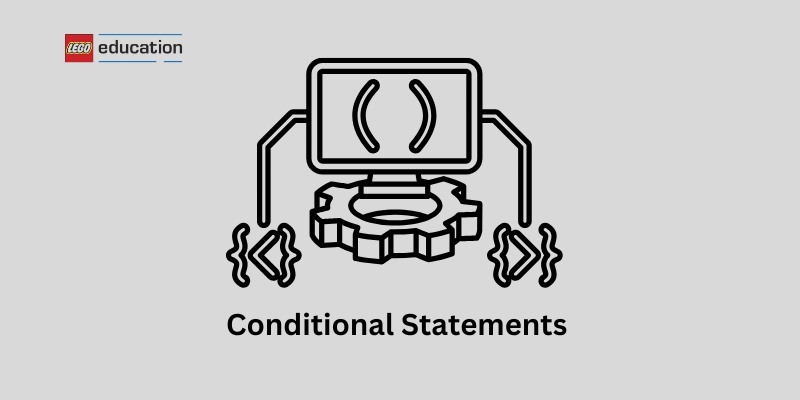
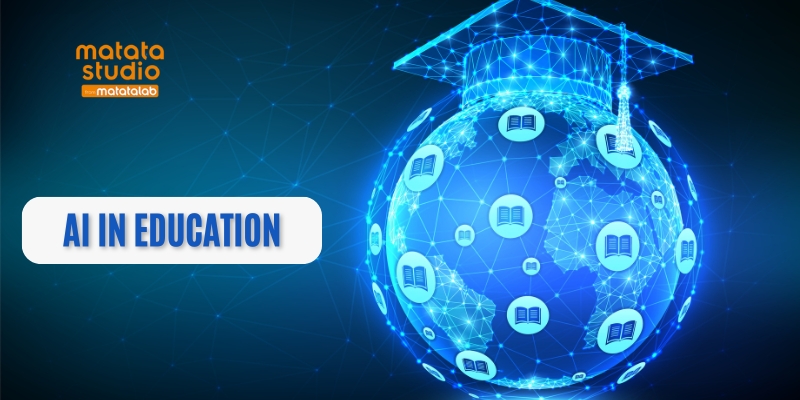
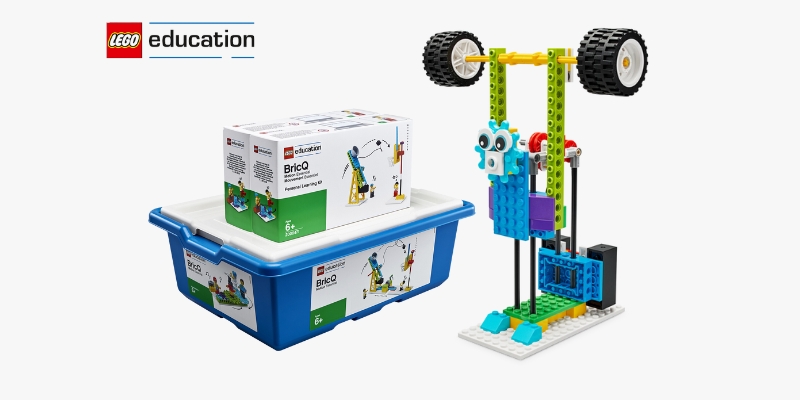
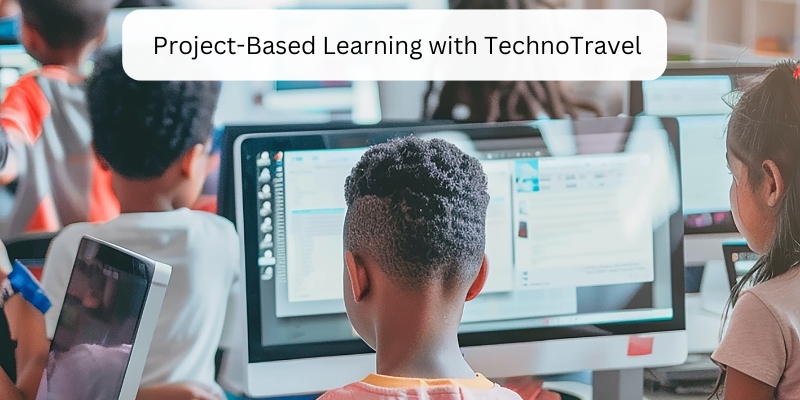
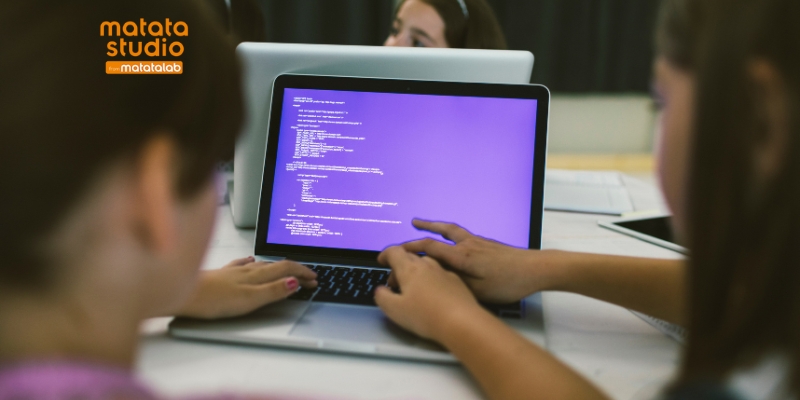




Recent Comments